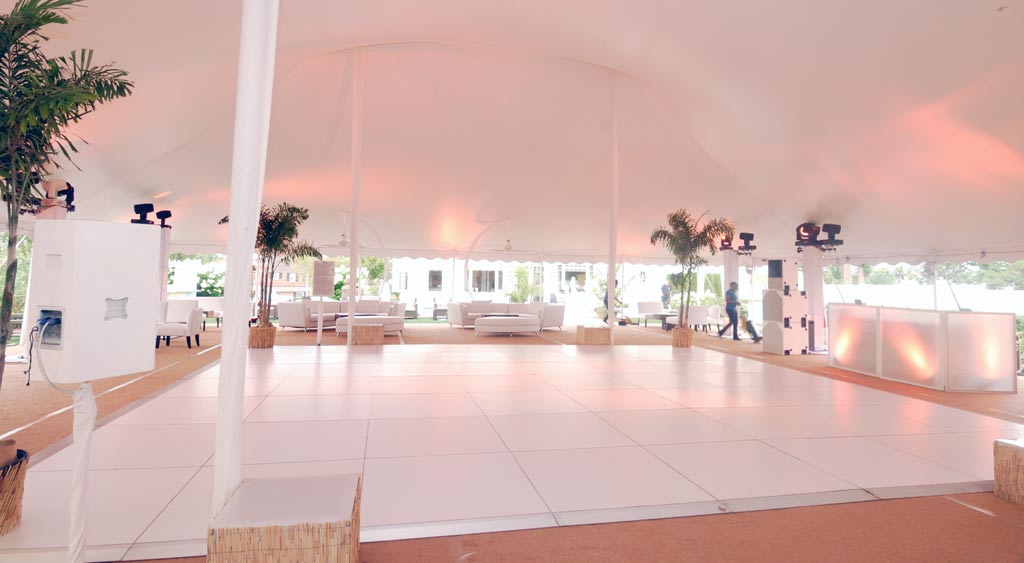Essential Techniques to Prolong the Strength of Your Dance Surface
Wiki Article
To preserve a dance surface's longevity, it is crucial to understand the components and construction that add to its durability. Dance floors are typically crafted from timber, vinyl, or customized foam materials. Each type has its own benefits and disadvantages. Wood floors provide excellent flexibility and shock absorption, rendering them ideal for multiple movement styles. Synthetic floors are frequently simpler to clean and can be engineered with slip-resistant surfaces, which is vital for protection. Specialized foam surfaces provide cushioning, which can assist prevent accidents. Choosing the right material based on the intended purpose of the dance floor significantly affects its longevity.
Regular maintenance is essential for extending the life of a dance surface. This involves sanitizing and refinishing the surface as required. For wooden surfaces, it is necessary to sweep or hoover regularly to remove debris and dirt that can damage the surface. Furthermore, applying a sealant or treatment every few years helps shielding against humidity and wear. Vinyl surfaces should be cleaned with suitable cleaners that do not harm the surface. Keeping a consistent cleaning routine will not only preserve the appearance of the surface but also ensure a safe performance environment.

Climate and humidity hold a critical role in preserving a dance surface's condition. Ideal settings for timber surfaces are typically a heat range between 60-80 degrees °F and a humidity level of forty to sixty percent. Excessive humidity can lead wood to warp or develop mold, while overly dry environments can lead to splitting. Visit Website In areas where humidity ranges fluctuate, it may be beneficial to utilize a humidifier or drying unit. For vinyl or cushioned floors, maintaining proper airflow can assist in reduce humidity buildup that might compromise their integrity.
Proper usage is another critical strategy for extending the lifespan of a dance surface. It is important to set guidelines for events that take place on the surface. For instance, stiletto shoes or sharp items should be avoided as they can create lasting harm. Placing furniture outside of dance spaces also prevents marks and dents from developing. If the space accommodates multiple functions, using safeguarding covers during alternative events can further protect the floor from deterioration.
Finally, regular professional evaluations are an effective method to ensure continuous upkeep of a dance surface. Engaging specialists who specialize in dance surfaces can provide valuable guidance into possible issues before they turn into serious concerns. These professionals can offer guidance on restorations or resurfacing options that might prolong the lifespan of the surface substantially. check over here By committing to routine evaluations and adjustments, facility managers can ensure that their dance surface remains secure, appealing, and practical for years to come.